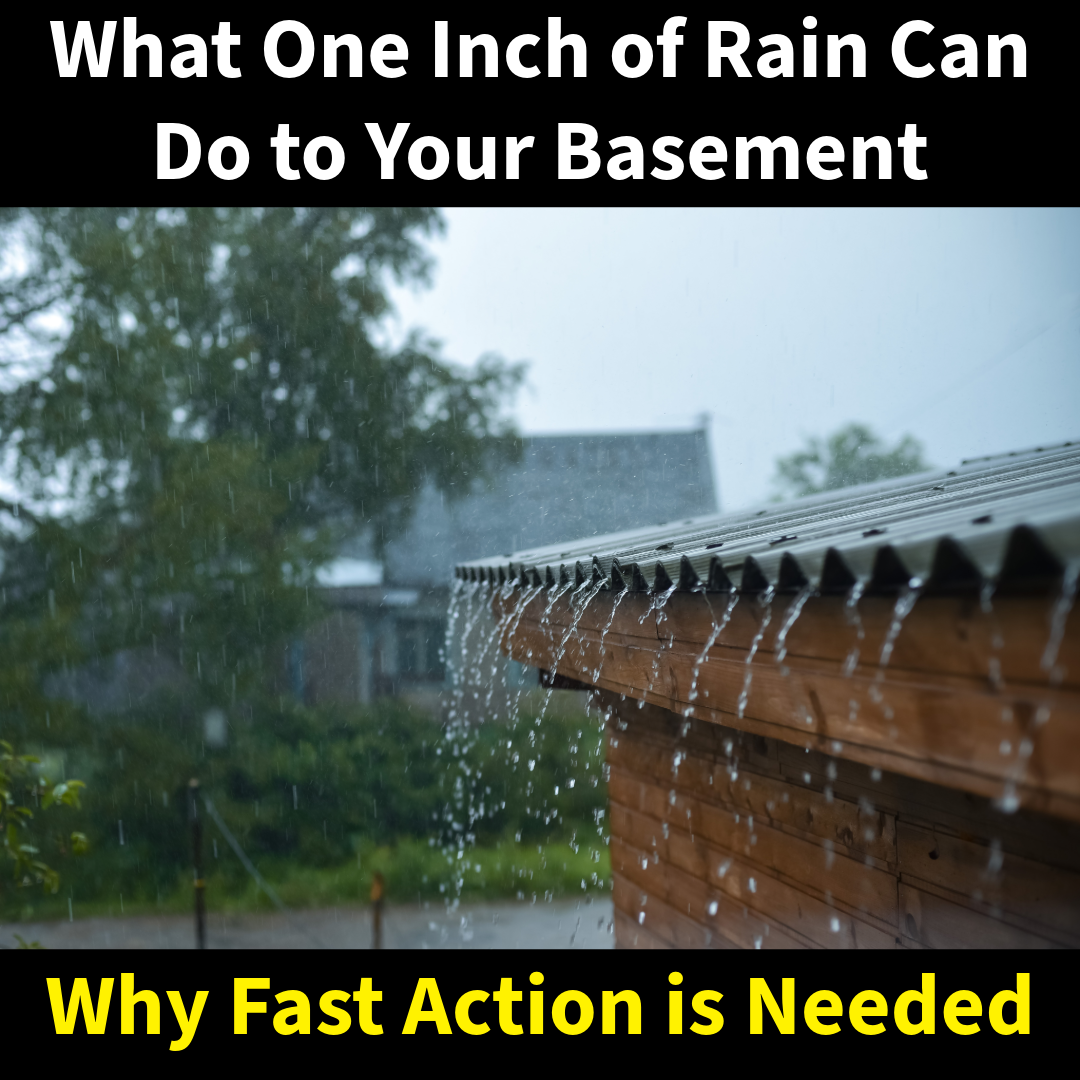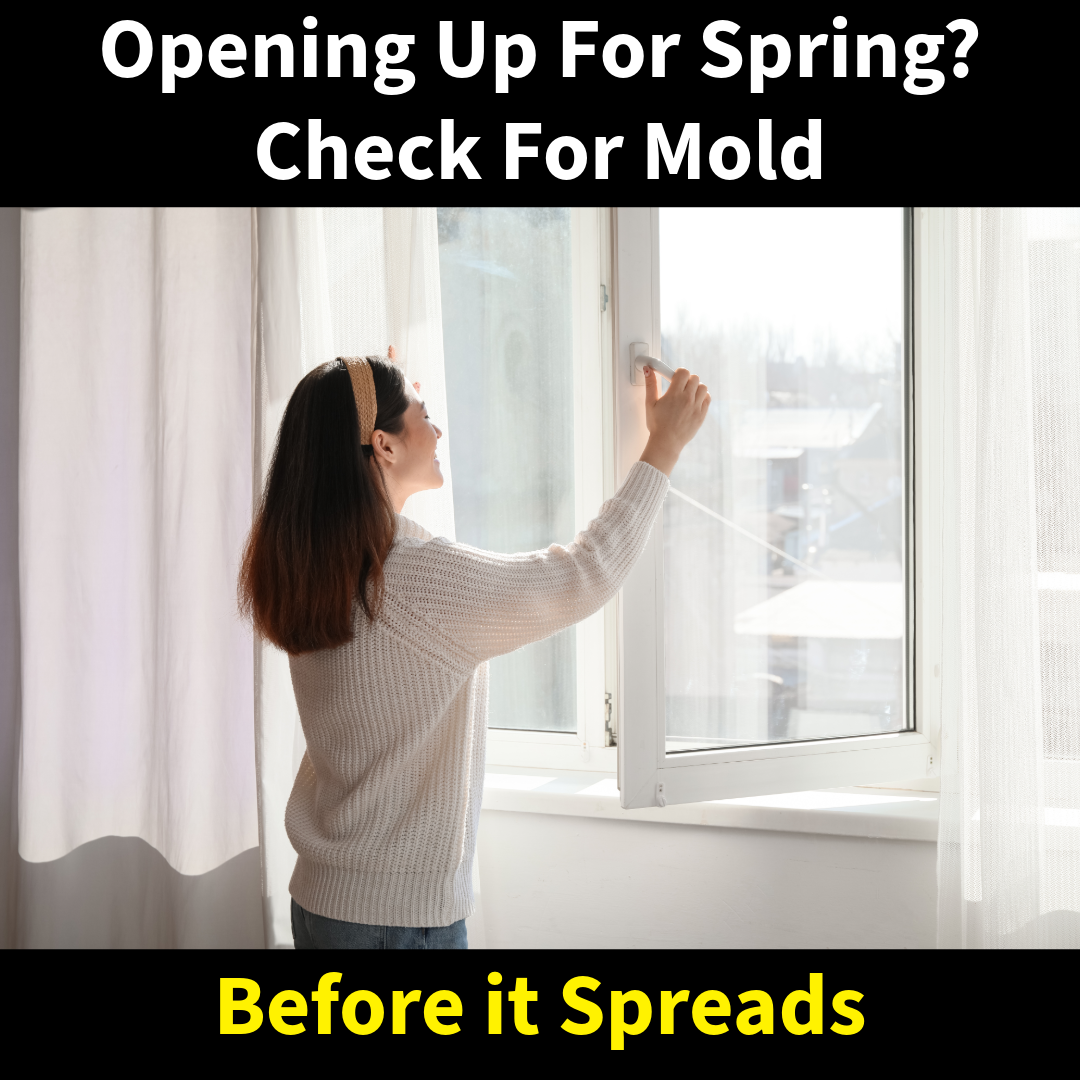To most people, an inch of rain doesn’t sound like much. But when your basement is the lowest point in your home, that inch can quickly lead to soaked carpets, damaged drywall, and the kind of hidden moisture that mold loves.
Why Basements Are So Vulnerable
Basements naturally collect water for a few key reasons:
- Hydrostatic Pressure: When the ground becomes saturated, water pushes against your foundation walls and seeps through cracks, joints, or even solid concrete over time.
- Gutter and Downspout Issues: If water isn’t properly directed away from your home, it flows straight toward the foundation.
- Sump Pump Overload or Failure: Most people don’t realize their sump pump has a limit—or that it can fail when they need it most, especially during power outages.
What Happens When That Water Gets In
Even a minor basement leak can turn into a major issue fast:
- Drywall and insulation absorb water quickly and can start to grow mold in 24 to 48 hours.
- Flooring, wood trim, and carpet can warp, stain, and start to smell if not dried immediately.
- Stored items, especially in cardboard boxes, are often unsalvageable.
- Odors and air quality decline rapidly, especially in finished basements.
Fast Action Makes All the Difference
Prevention is always a plus, but once water gets in, time is critical. That’s where MSI comes in.
We provide:
- 24/7 emergency water extraction
- Complete structural drying
- Moisture detection and mold prevention
- Help navigating your insurance claim
Don’t wait until there’s visible mold or serious damage. If your basement feels damp, smells musty, or you’re seeing puddles after rain—call MSI immediately. We’ve seen what one inch of rain can do… and we’re here to stop it from getting worse.









